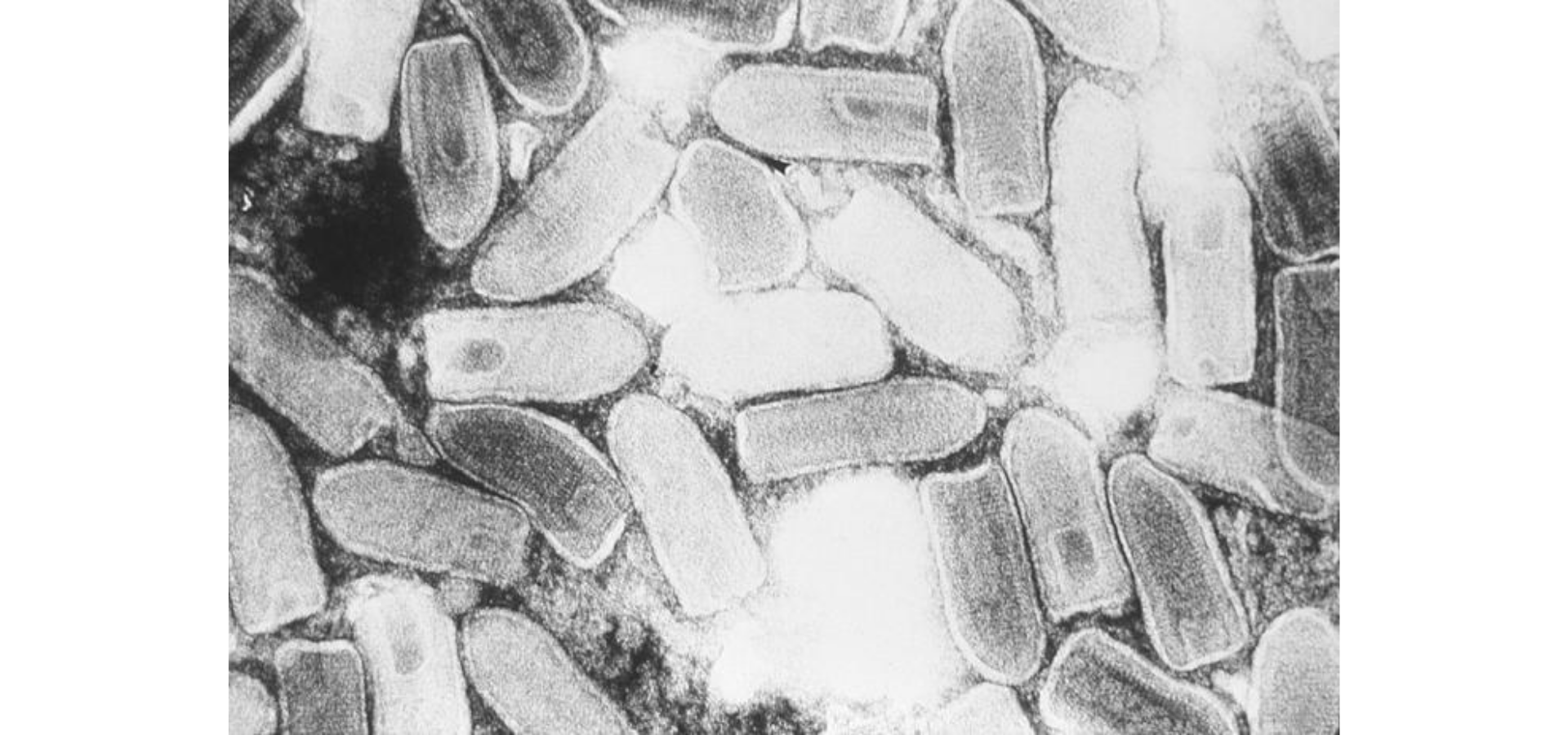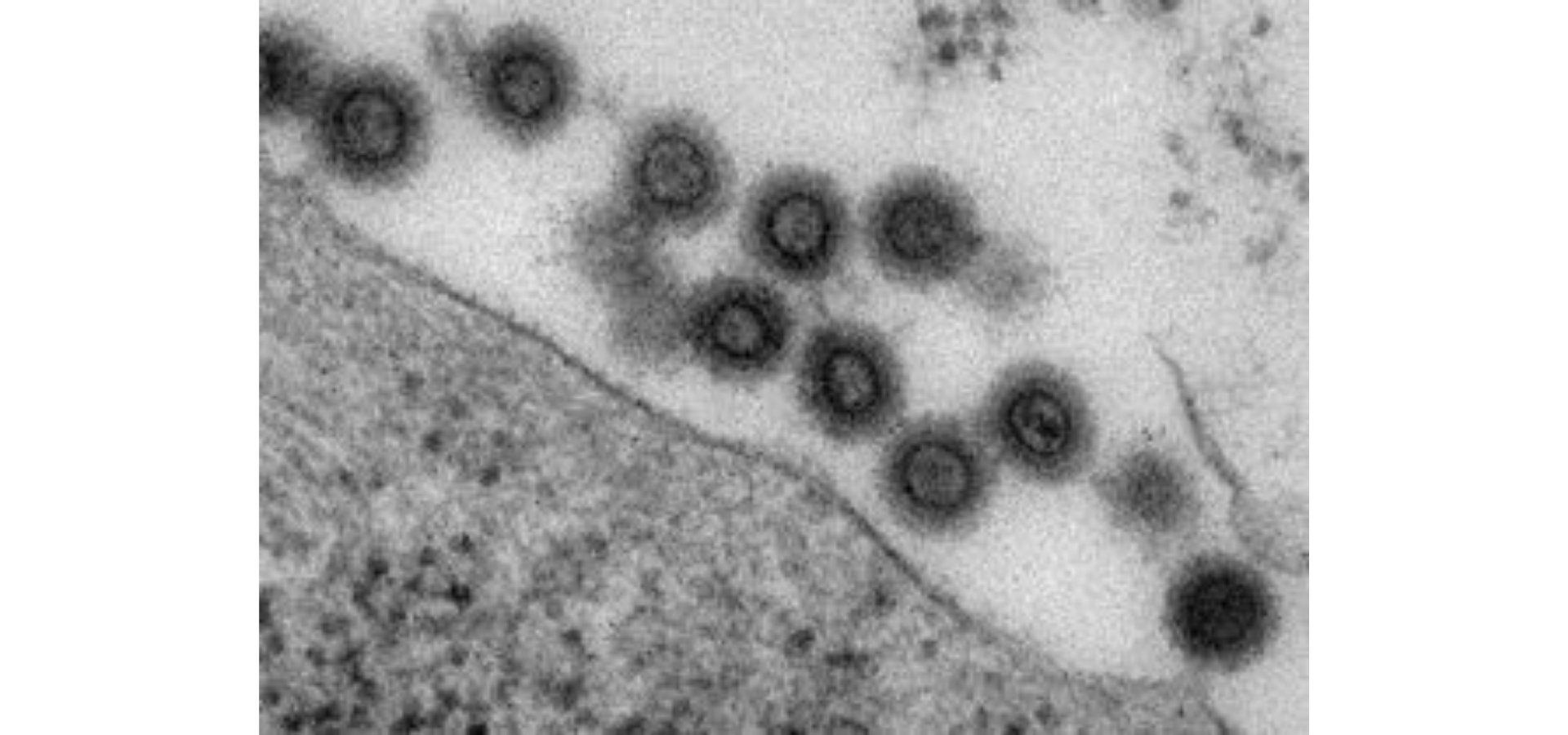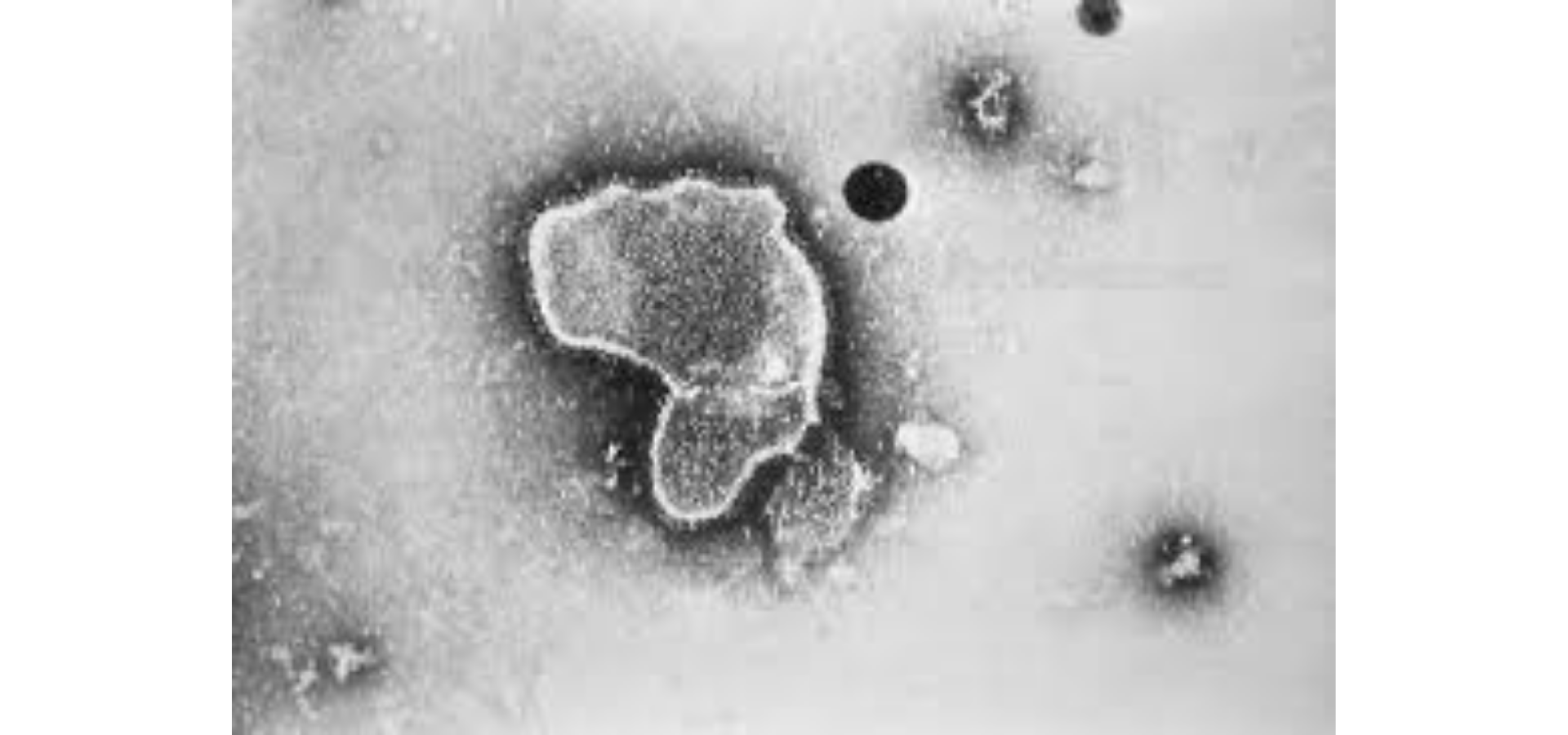David Baltimore
Nov 13, 2020 | 1 min read

Nov 13, 2020 | 1 min read

Reverse transcription is a process taken up by RNA viruses (Retroviruses) wherein DNA is copied into the viral host using a RNA template. The central dogma of molecular biology explains that information encoded in genes flows in one direction
from DNA to RNA to Proteins. Thus, in 1975, when David Baltimore with Howard M Temin and Renato Dulbeco were awarded the Nobel Prize for Physiology and Medicine for their discovery of the polymerase enzyme Reverse Transcriptase, it raised an
unprecedented buzz in the scientific community. (Baltimore and Temin discovered this enzyme independently)
Reverse transcriptase was peculiar and proved to be an exception to the Central Dogma of Molecular Biology.
Baltimore along with his wife Alice Huang found that in the RNA virus Vesticular Stomatitus Virus (VSV) reproduction occurred with an unusual enzyme that copied RNA without using DNA. Further looking into the similar process in two other RNA
viruses, Rauscher Murine Leukemia Virus and Rous Sarcoma Virus, he discovered the elusive RNA dependent RNA polymerase known as Reverse Transcriptase.
This enzyme is now an invaluable resource for recombinant DNA technology. We see this clear as day now where the process of detection of the SARS-CoV-2 virus in a patient is detected using an RT-PCR test. Here the small quantity of RNA in a
patient's nasal swab is converted to two DNA strands by Reverse transcription and followed by specific regions of the genome that do not mutate being amplified by PCR. The primers for the process involves using a fluorescent probe. Thus the
detection of the fluorescent signal is the marker used for the detection of the virus.

Figure 1. Vesticular Stomatitus Virus Transmission electron microscopy image.

Figure 2. Rauscher Murine Lleukemia Virus Transmission electron microscopy image.

Figure 3. Rous Sarcoma Virus Transmission electron microscopy image.

Figure 4. The process of Reverse Transcription. Here we see the viral RNA gets converted to target DNA in the infected cell by reverse transcription.